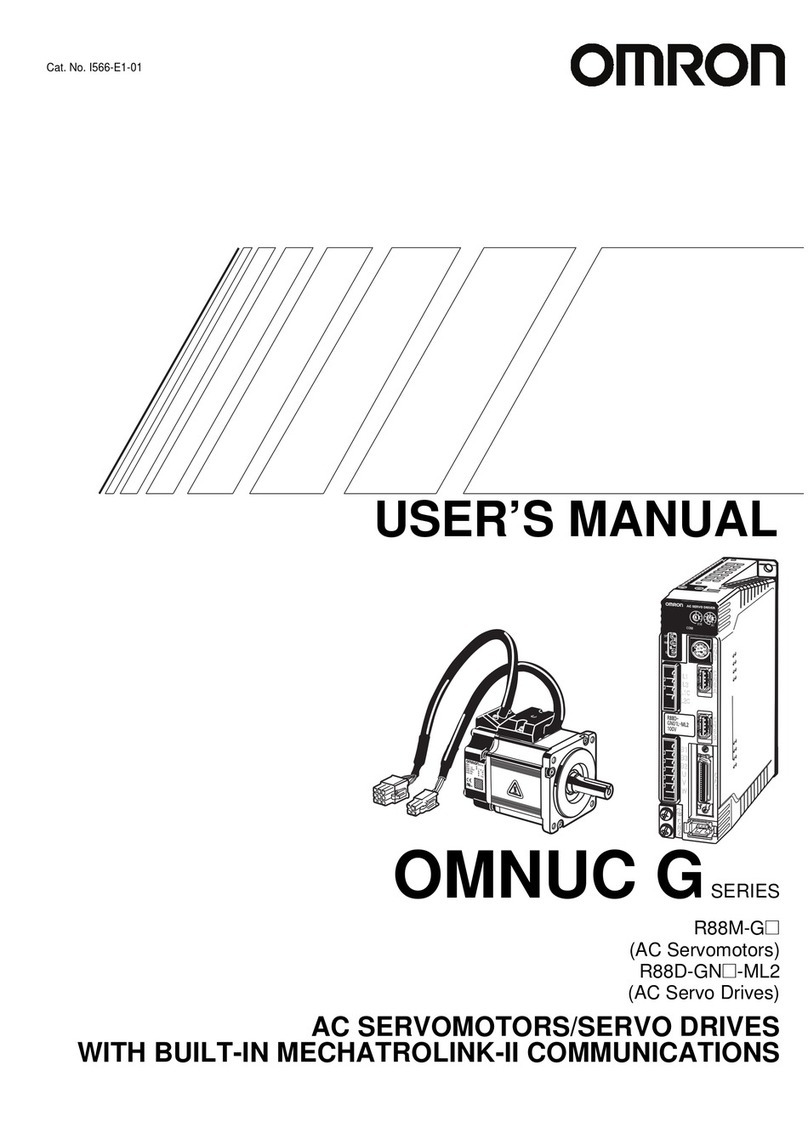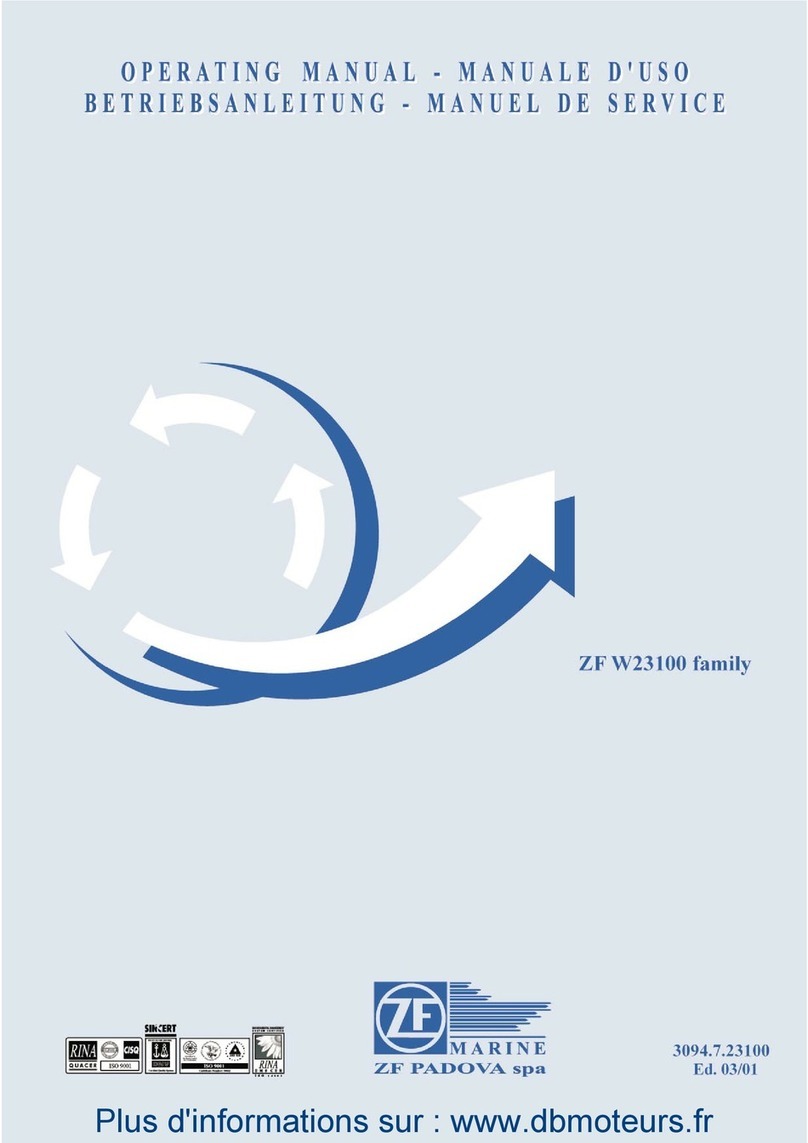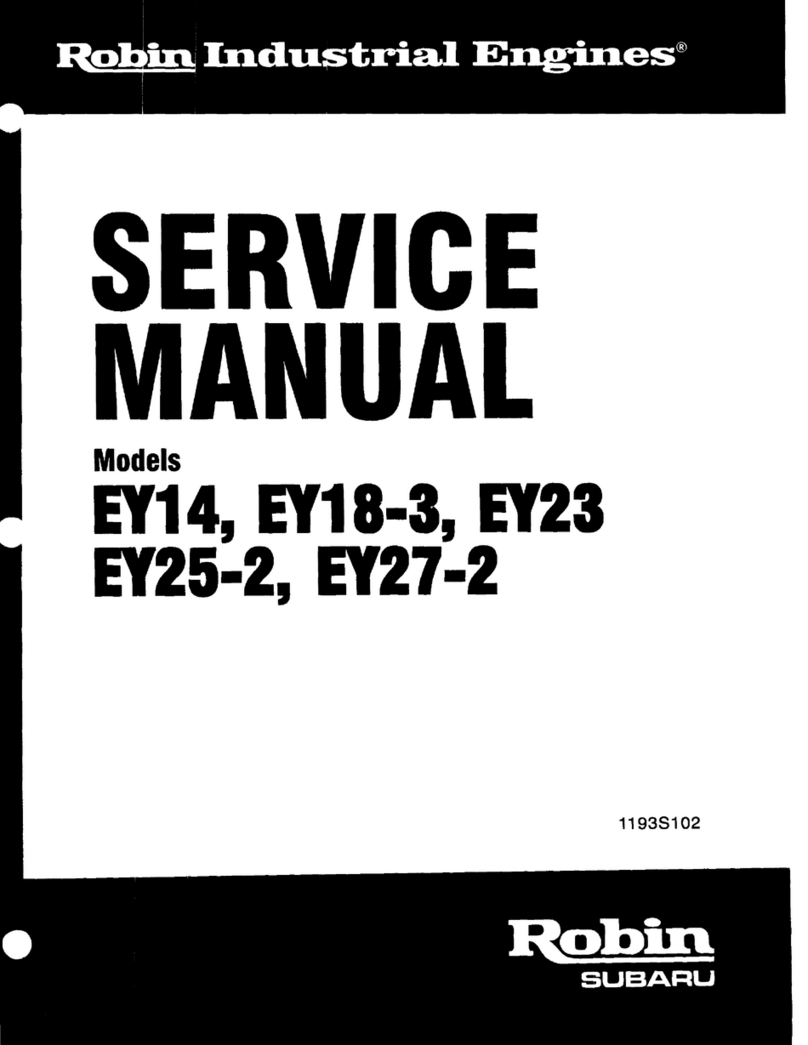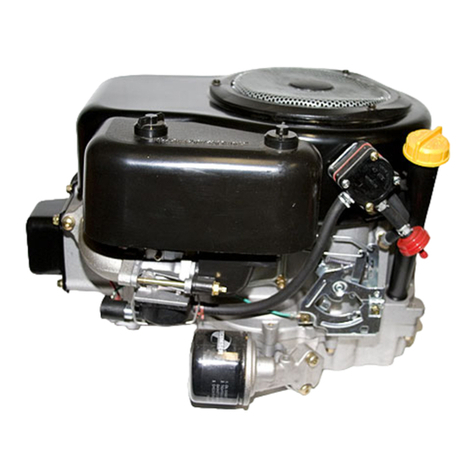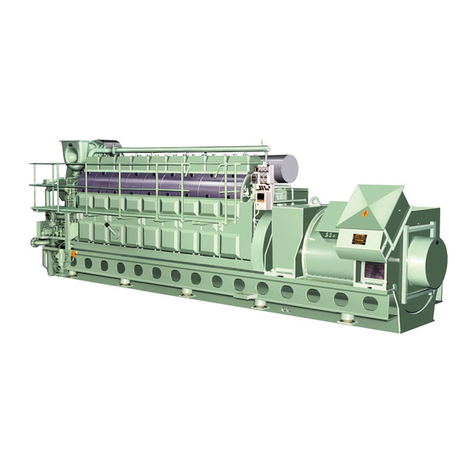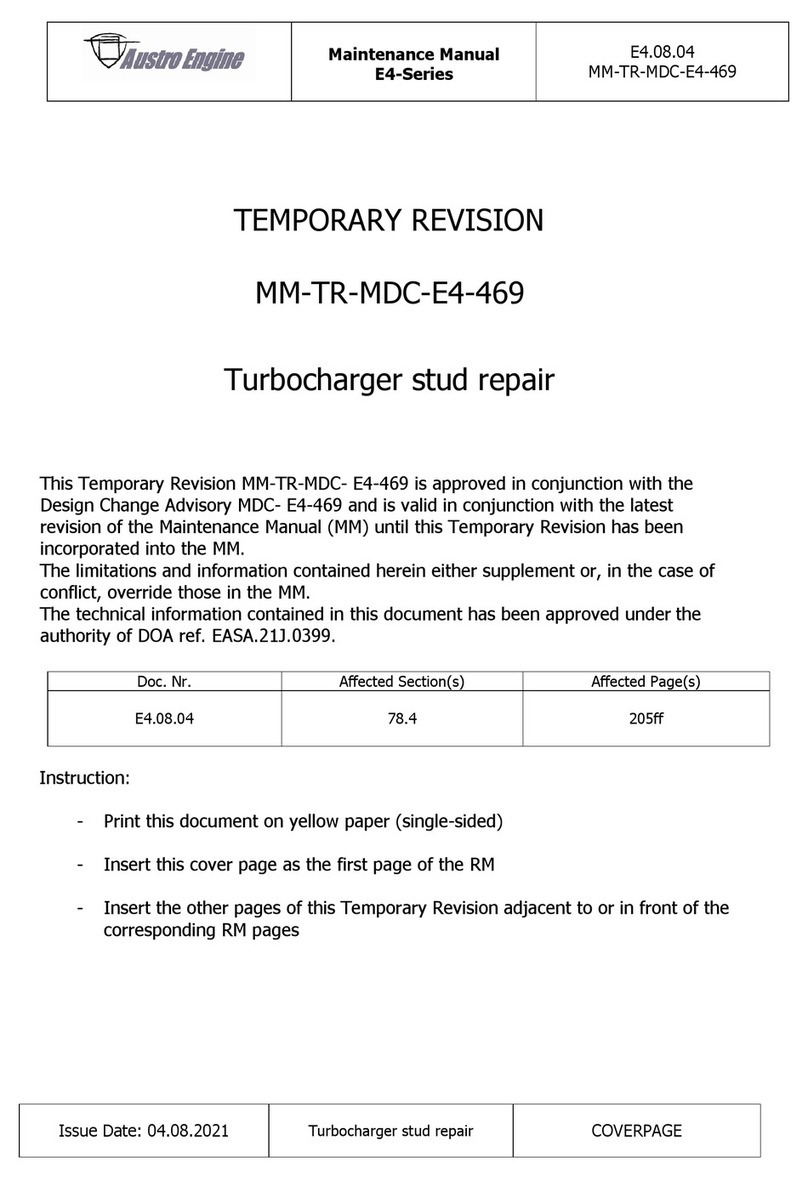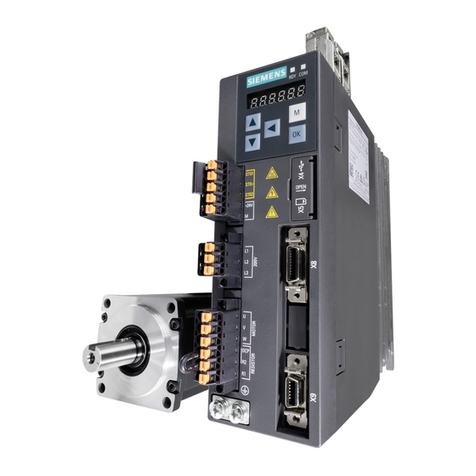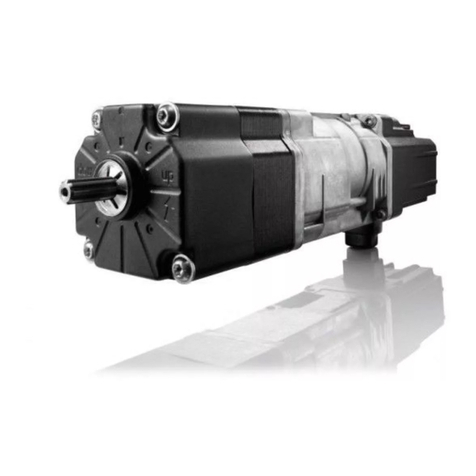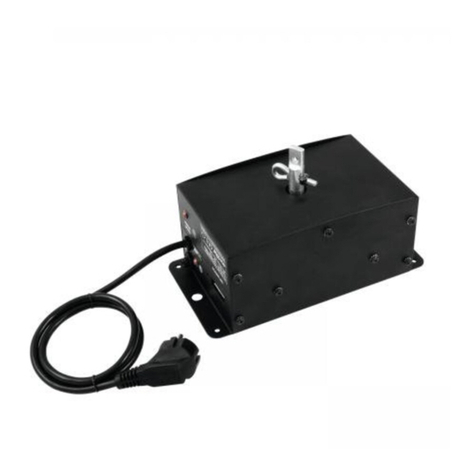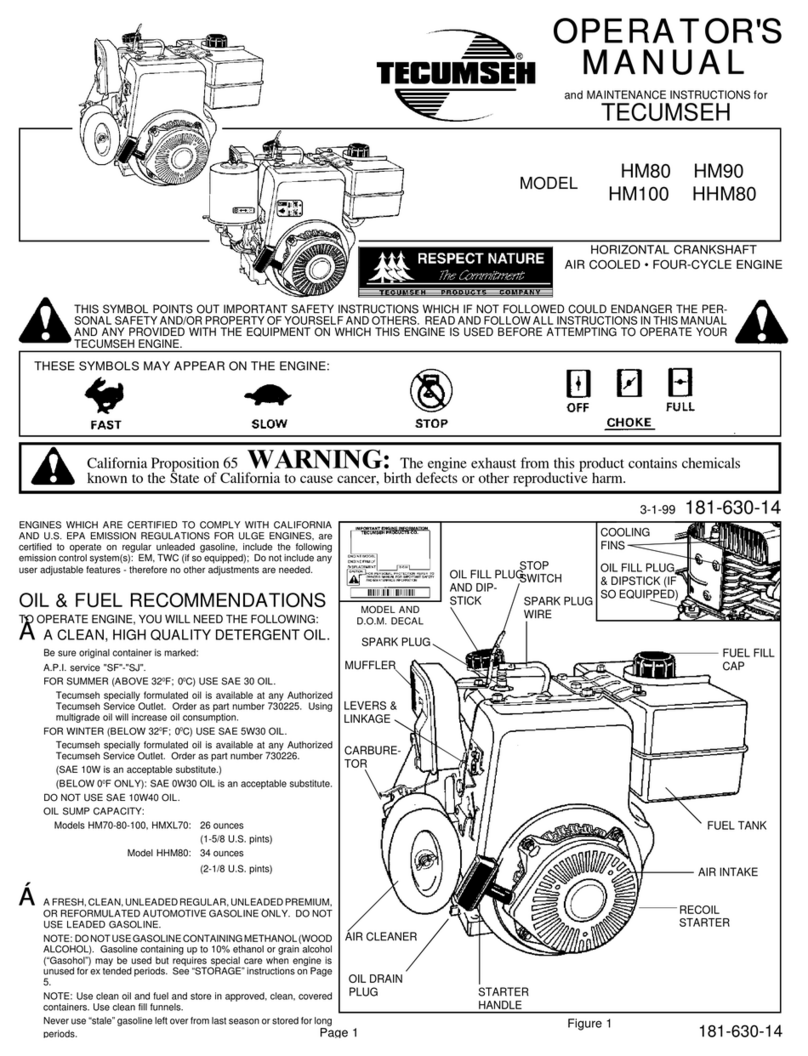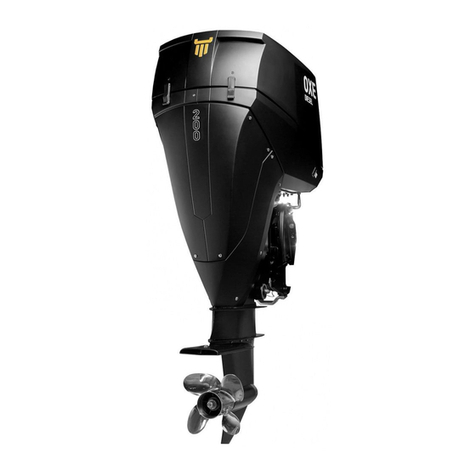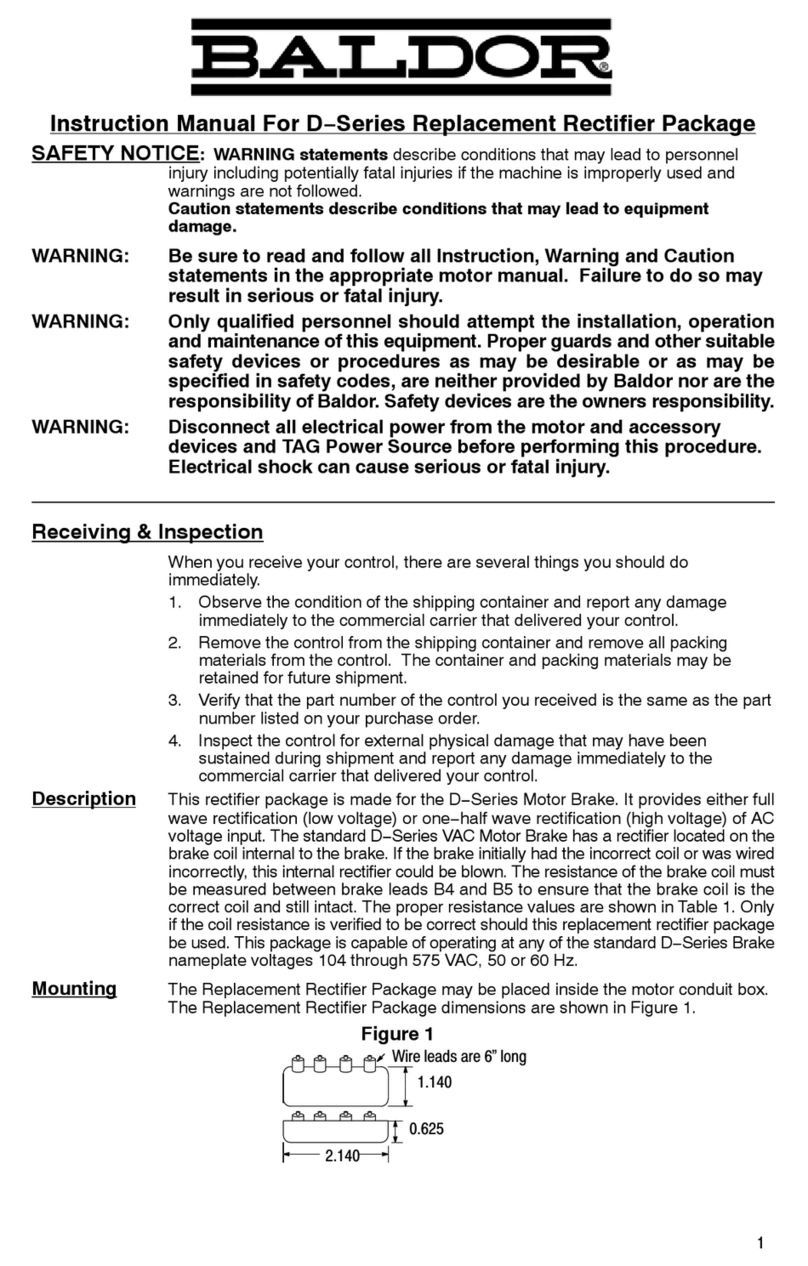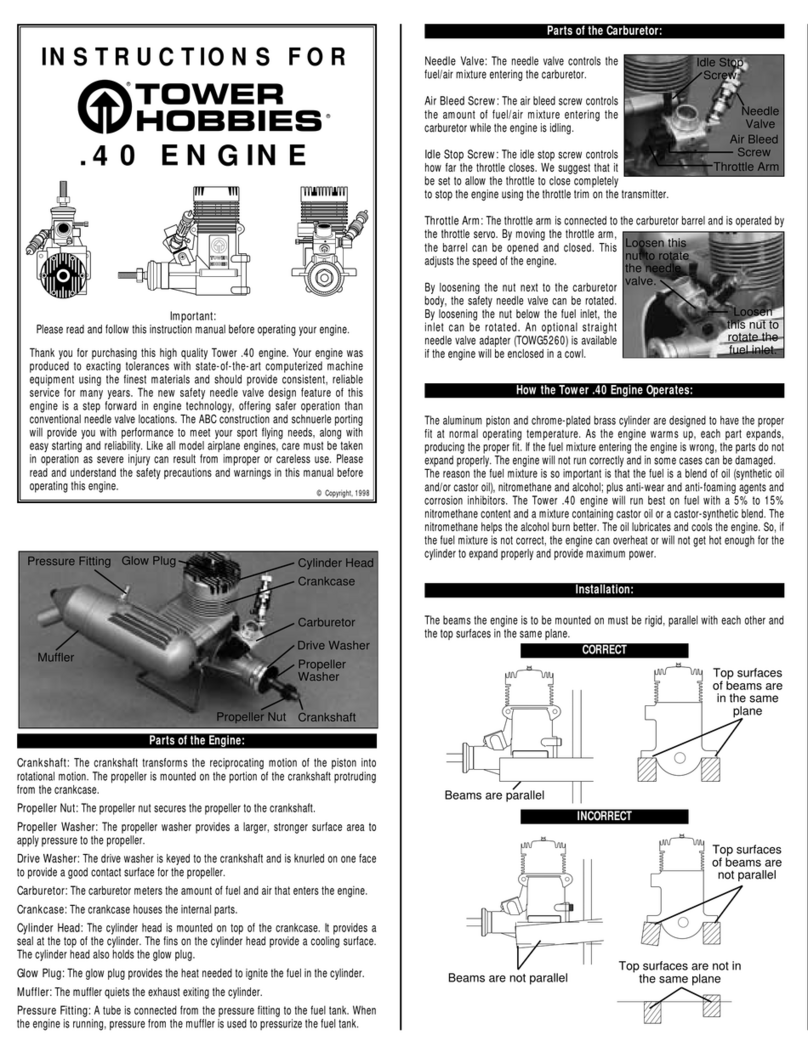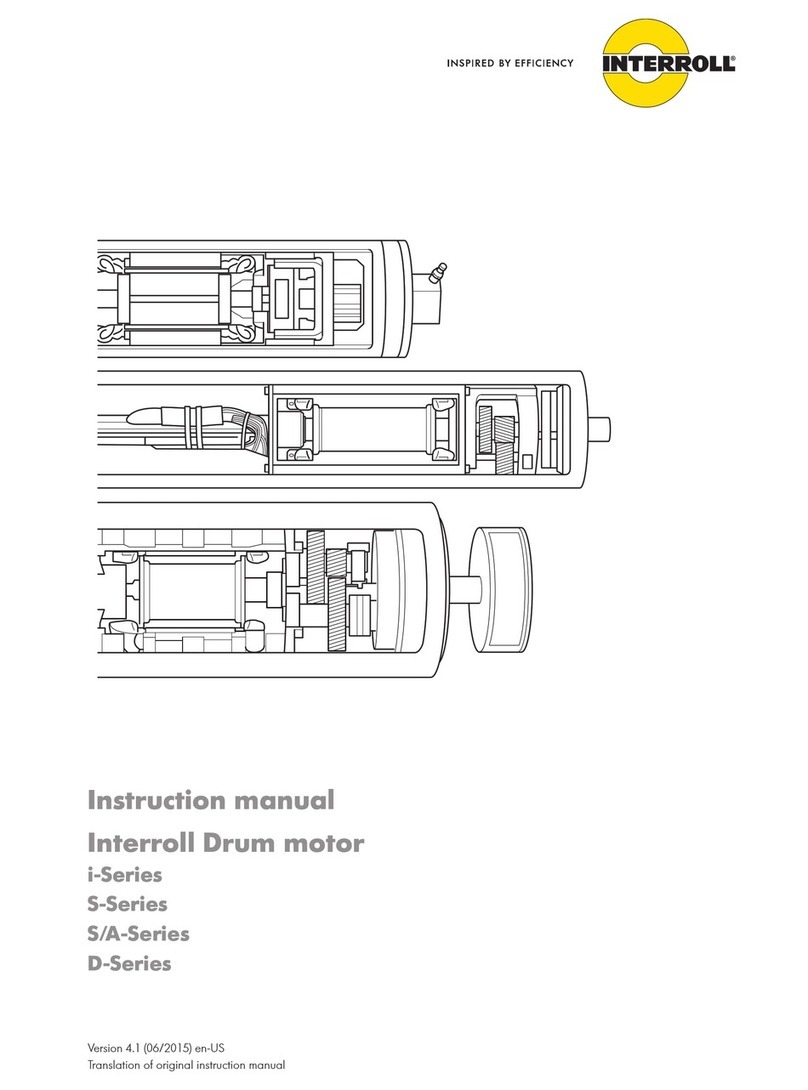Gleason Reel Motor Reel MRH Technical specifications

®
®
HUBBELL
®
A Hubbell Company
Maintenance Instructions
MRH Motor Reel
Gleason Reel Corp.
600 South Clark St. •P.O Box 26
Mayville, WI 53050
920-387-4120
www.hubbell-gleason.com Bulletin 049964

V2
U2
W2
BLK
GRN
BLU
BRN
YLW
REDU1
V1
W1
V2
U2
W2 U1
V1
W1
L3
L2
L1
230 volts
V2
U2
W2 U1
V1
W1
460 volts
L3
L2
L1
(Y)(D)
Wiring
Motor can be wired for either 230 volt or 460 volt, 3 phase, 60 hz A.C.
Follow jumper diagrams below.
NOTE:
Wiring should be done only by qualified, licensed electrician. Failure to
follow standard safety precautions could lead to serious injury.
View inside Motor Junction Box
Jumpering Diagrams
112

310

94

58
Torque Unit Oil Capacity
Torque Unit Oil Capacity
U.S. gal
10.0 .45
20.0 .58
40.0 4.24
120.0 7.16
200.0 17.76
300.0 17.76
550.0 25.97
700.0 25.97
HOW TORQUE UNIT WORKS
Gleason series MRH reels feature torque units which work on a patented self braking hydro-
dynamic clutch system.
The Functions of the torque unit are:
• To provide a constant torque on the drum shaft.
• To gear the drum rotating speed to the reeling diameter of the cable.
• To brake the drum when stationary.
• To allow a controlled unreeling of the cable.
• To regulate the torque output according to the requirements of each application.
The torque unit is powered by a motor rotating at a constant speed. Normally a conventional
electric squirrel cage motor is used but the unit can also be powered by an air or a hydraulic
motor.
The torque of the driving motor is transmitted to the drum shaft through a hydrodynamic
clutch which is combined with a worm gear reduction. The output torque is only minimally
affected by the rotating speed of the input and output shafts. The output torque can be set
from zero to maximum torque through a spring arrangement in the clutch.
1
2
34
5
6
7
89
10
Section View of Torque Unit

76
Following is a brief description of the torque unit components:
(Please refer to drawing on page 5)
The bronze crown gear (item 3) has specially machined surfaces on both sides. Freely
mounted on the drum shaft (item 1), the crown gear is linked to the motor via a worm gear
(item 2).
There are two friction plates (items 4 & 5), one on each side of the crown gear. They are
made of steel and are fixed to the drum shaft with keys. The friction plates are also specially
machined so that an oil film is created between the plates and the crown gear. The oil film
allows slippage as torque is transferred from the crown gear to the friction plates. Pulling
force on the cable remains constant, even with the motor running at a constant speed, and is
fully adjustable.
The special machining on the clutch surfaces assures that they remain lubricated, even when
clutch is not moving, eliminating the normally occurring “stick-slip” effect. Variation between
dynamic and static friction remains within 3-10% depending on size of the torque unit.
Since the worm gear is irreversible, the clutch also acts as a brake when the motor is off.
This provides two major advantages:
A) Electro-magnetic brake, required on conventional cable reels, is not needed.
B) Braking torque is the same as reeling torque, avoiding uneven pulling force on the
cable when the motor is switched on and off.
The torque unit has an adjustable spring assembly to vary the pressure on the clutch and
obtain the required output. The spring assembly consists of the rear friction plate (item 5),
compressions springs (item 6), the spring holder plate (item 7) and the torque regulating nut
(item 8).
The springs are placed between the rear friction plate and the spring holder which is fixed
onto the drum shaft with a key, allowing it to slide along the shaft. The torque regulating nut
is screwed onto the drum shaft and pushes against the spring holder plate through a series
of steel ball bearings.
Torque can be regulated by placing the torque regulating key (item 10) upside down into the
torque unit, preventing the regulating nut from rotating. With the regulating nut held in posi-
tion, the drum can be turned manually or with the help of the cable reel motor to increase or
decrease the pressure on the spring assembly thereby increasing or decreasing the torque
output of the clutch. Refer to “TORQUE OUTPUT REGULATION”, page 4, for details.

76
Following is a brief description of the torque unit components:
(Please refer to drawing on page 5)
The bronze crown gear (item 3) has specially machined surfaces on both sides. Freely
mounted on the drum shaft (item 1), the crown gear is linked to the motor via a worm gear
(item 2).
There are two friction plates (items 4 & 5), one on each side of the crown gear. They are
made of steel and are fixed to the drum shaft with keys. The friction plates are also specially
machined so that an oil film is created between the plates and the crown gear. The oil film
allows slippage as torque is transferred from the crown gear to the friction plates. Pulling
force on the cable remains constant, even with the motor running at a constant speed, and is
fully adjustable.
The special machining on the clutch surfaces assures that they remain lubricated, even when
clutch is not moving, eliminating the normally occurring “stick-slip” effect. Variation between
dynamic and static friction remains within 3-10% depending on size of the torque unit.
Since the worm gear is irreversible, the clutch also acts as a brake when the motor is off.
This provides two major advantages:
A) Electro-magnetic brake, required on conventional cable reels, is not needed.
B) Braking torque is the same as reeling torque, avoiding uneven pulling force on the
cable when the motor is switched on and off.
The torque unit has an adjustable spring assembly to vary the pressure on the clutch and
obtain the required output. The spring assembly consists of the rear friction plate (item 5),
compressions springs (item 6), the spring holder plate (item 7) and the torque regulating nut
(item 8).
The springs are placed between the rear friction plate and the spring holder which is fixed
onto the drum shaft with a key, allowing it to slide along the shaft. The torque regulating nut
is screwed onto the drum shaft and pushes against the spring holder plate through a series
of steel ball bearings.
Torque can be regulated by placing the torque regulating key (item 10) upside down into the
torque unit, preventing the regulating nut from rotating. With the regulating nut held in posi-
tion, the drum can be turned manually or with the help of the cable reel motor to increase or
decrease the pressure on the spring assembly thereby increasing or decreasing the torque
output of the clutch. Refer to “TORQUE OUTPUT REGULATION”, page 4, for details.

58
Torque Unit Oil Capacity
Torque Unit Oil Capacity
U.S. gal
10.0 .45
20.0 .58
40.0 4.24
120.0 7.16
200.0 17.76
300.0 17.76
550.0 25.97
700.0 25.97
HOW TORQUE UNIT WORKS
Gleason series MRH reels feature torque units which work on a patented self braking hydro-
dynamic clutch system.
The Functions of the torque unit are:
• To provide a constant torque on the drum shaft.
• To gear the drum rotating speed to the reeling diameter of the cable.
• To brake the drum when stationary.
• To allow a controlled unreeling of the cable.
• To regulate the torque output according to the requirements of each application.
The torque unit is powered by a motor rotating at a constant speed. Normally a conventional
electric squirrel cage motor is used but the unit can also be powered by an air or a hydraulic
motor.
The torque of the driving motor is transmitted to the drum shaft through a hydrodynamic
clutch which is combined with a worm gear reduction. The output torque is only minimally
affected by the rotating speed of the input and output shafts. The output torque can be set
from zero to maximum torque through a spring arrangement in the clutch.
1
2
34
5
6
7
89
10
Section View of Torque Unit

94

310

V2
U2
W2
BLK
GRN
BLU
BRN
YLW
REDU1
V1
W1
V2
U2
W2 U1
V1
W1
L3
L2
L1
230 volts
V2
U2
W2 U1
V1
W1
460 volts
L3
L2
L1
(Y)(D)
Wiring
Motor can be wired for either 230 volt or 460 volt, 3 phase, 60 hz A.C.
Follow jumper diagrams below.
NOTE:
Wiring should be done only by qualified, licensed electrician. Failure to
follow standard safety precautions could lead to serious injury.
View inside Motor Junction Box
Jumpering Diagrams
112

®
®
HUBBELL
®
A Hubbell Company
Maintenance Instructions
MRH Motor Reel
Gleason Reel Corp.
600 South Clark St. •P.O Box 26
Mayville, WI 53050
920-387-4120
www.hubbell-gleason.com Bulletin 049964
